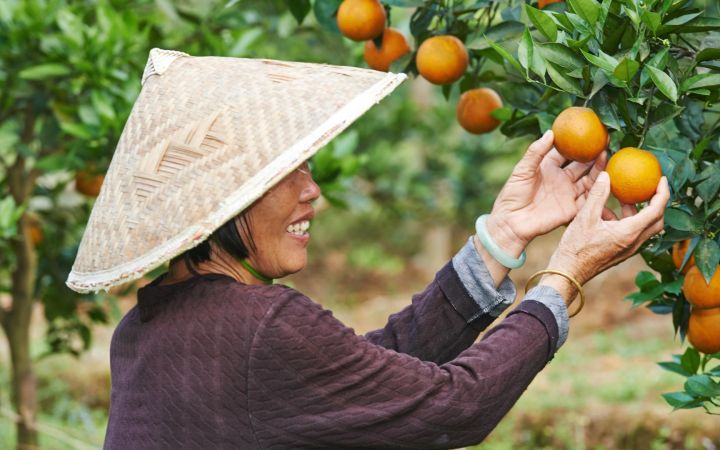In the face of drought, fire and flood, Australian farmers continue to show inspirational resilience according to the latest confidence report by Rabobank.
Much needed autumn rain eluded most of the country, but recent albeit late, widespread rainfall across Western Australia, parts of South Australia and the eastern states has rallied hope amongst the 1000 Australian farmers surveyed in Rabobank’s rural confidence report.
The number of respondents in the survey were expecting conditions in the agricultural economy to improve in the coming 12 months had risen slightly – to 27 per cent, from 22 per cent in March 2019.
The number of farmers with a pessimistic outlook fell back slightly to 28 per cent (from 33 per cent), while 36 per cent indicated they expected the agricultural economy to remain stable in the year ahead.
In light of the report, Australian Farmers takes a deep dive into how meat, milk and fibre are faring and what farmers can expect this winter weather wise.

Beef on tender hooks
Young cattle prices are proving to be highly vulnerable to
the season according to Rabobank Australia’s CEO Peter Knoblanche.
“Prices rose in late March on the back of some rain, but
dropping back down in May as produce demand prove insufficient to hold up
prices,” he said.
Due to minimal rainfall, further destocking of the breeding
herd occurred during May. However, last week’s slaughter totalled 159,000 head
– up two per cent from the previous week and up six percent from the same week
last year.
Last week Eastern Young Cattle were at 479c/kg carcase
weight, Heavy steers were 293c/kg live weight and Medium cows were 188c/kg.
Mixed bag for dairy
Mr Knoblanche said the dairy sector saw the biggest lift in
confidence, as processors have come to the market with strong milk price
signals for 2019/20.
“This sentiment has been muted by the cost of sparsely
available feed and water,” he said.
The average price for milk is currently $6.15/kg.
Wool remains fine
Last week wool prices fell slightly in comparison to the
previous month, but remain as some of the best in recent years.
The Market Indicator fell last week to 1936c/kg after reaching a record 2036c/kg in February.

Sweet lamb prices
Lamb prices have been increasing month on month with the
month of April registering a record carcase weight of 23.7/kg – a two per cent
increase on the record set in February.
Sentiment is reportedly sound in the sheep sector with 71
per cent of sheep graziers expecting conditions in the agricultural economy to
improve or remain similar to last year.
“For graziers, confidence is being largely held up by the
market, with prices for lamb at record levels for this time of year – and this
is alongside the continued strength in mutton and wool markets,” Mr Knoblanche
said.
Grain weathers tough
season
Above average rainfall during May have some soil moisture
levels replenished and created favourable planting and growing conditions.
“The late arrival of widespread rains over recent days could
be game changing, especially for most cropping regions – particularly in the
western half of the wheatbelt.
“Grains posted a small decline in confidence, though
remained the most positive sector in the survey,” Mr Knoblanche said.
Winter crop production is forecast to rise by around 20 per cent in 2019/20 to 36.4 million tonnes and grain prices vary on region from $280/tonne to $460/tonne.
Water challenges
dampen cotton price
As the picking season in New South Wales picks up, prices
remain strong but Rabobank reports that prospects for next season aren’t as
promising.
“Growers are facing the prospect of low to no water
availability unless significant rain falls in the catchments,” he said.
Cotton prices through quarter three of 2019 are predicted to
be just over $600/bale but likely to fall in late 2019. For the long term,
prices are set to touch $576/bale by quarter two of 2020.
Drier and warmer
outlook
The July to September climate outlook suggests a drier than
average three months is likely for most of Australia.
Daytime temperatures are likely to be warmer than average,
except for parts of the top end of northern Queensland.
Nights are likely to be warmer across much of northern
Australia and the southeast. With more cloud-free days and night expected,
there is an increased risk of frost in susceptible areas.
Climate influences include a weakening of El Nino-like patterns in the tropical Pacific, and the tendency for higher pressures over southern and eastern Australia keeping cold fronts further south than usual.









